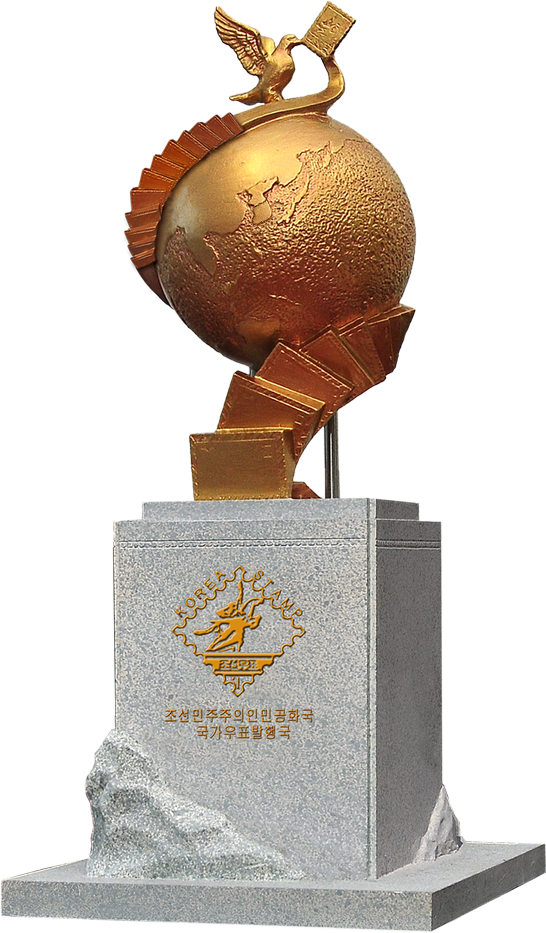DPRK’s 2026 Stamp Issuing Programme
Details
Military Parade Held in Celebration of the 80th Anniv of Founding of the Workers’ Party of Korea (1)
Details
Military Parade Held in Celebration of the 80th Anniv of Founding of the Workers’ Party of Korea (2)
Details
Grand Mass Gymnastics and Artistic Performance Held in Celebration of the 80th Anniv of Founding of the Workers’ Party of Korea
Details
Public Procession Held in Celebration of the 80th Anniv of Founding of the Workers’ Party of Korea
Details
Torchlight Procession of Youth and Students Held in Celebration of the 80th Anniv of Founding of the Workers’ Party of Korea
Details
Pyongyang General Hospital Inaugurated on the Occasion of the 80th Anniv of Founding of the Workers’ Party of Korea
Details
80th Anniv of Publication of the Choson Sinbo
Details
80th Anniv of Founding of the Workers’ Party of Korea (1)
Details
80th Anniv of Founding of the Workers’ Party of Korea (2)
Details














